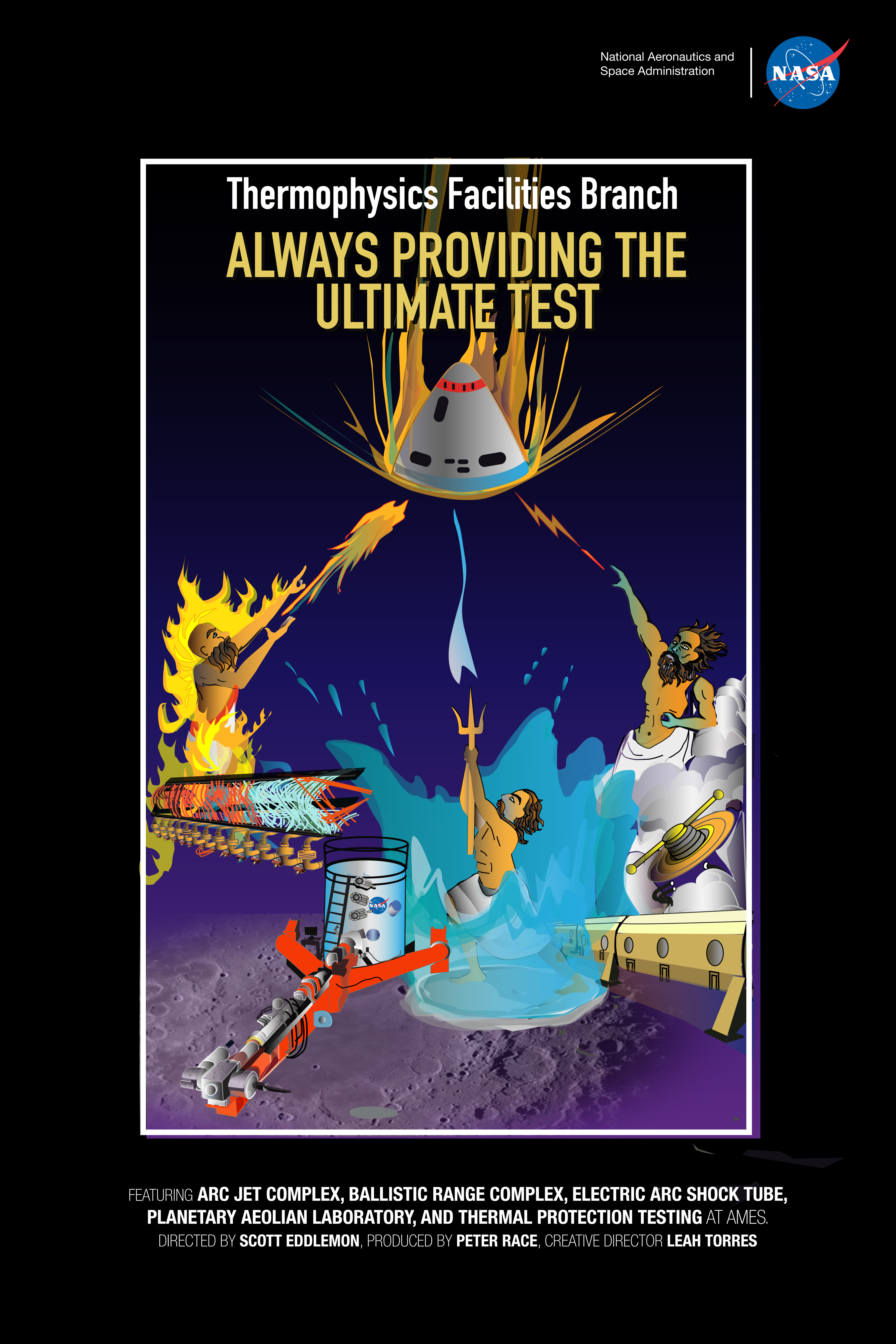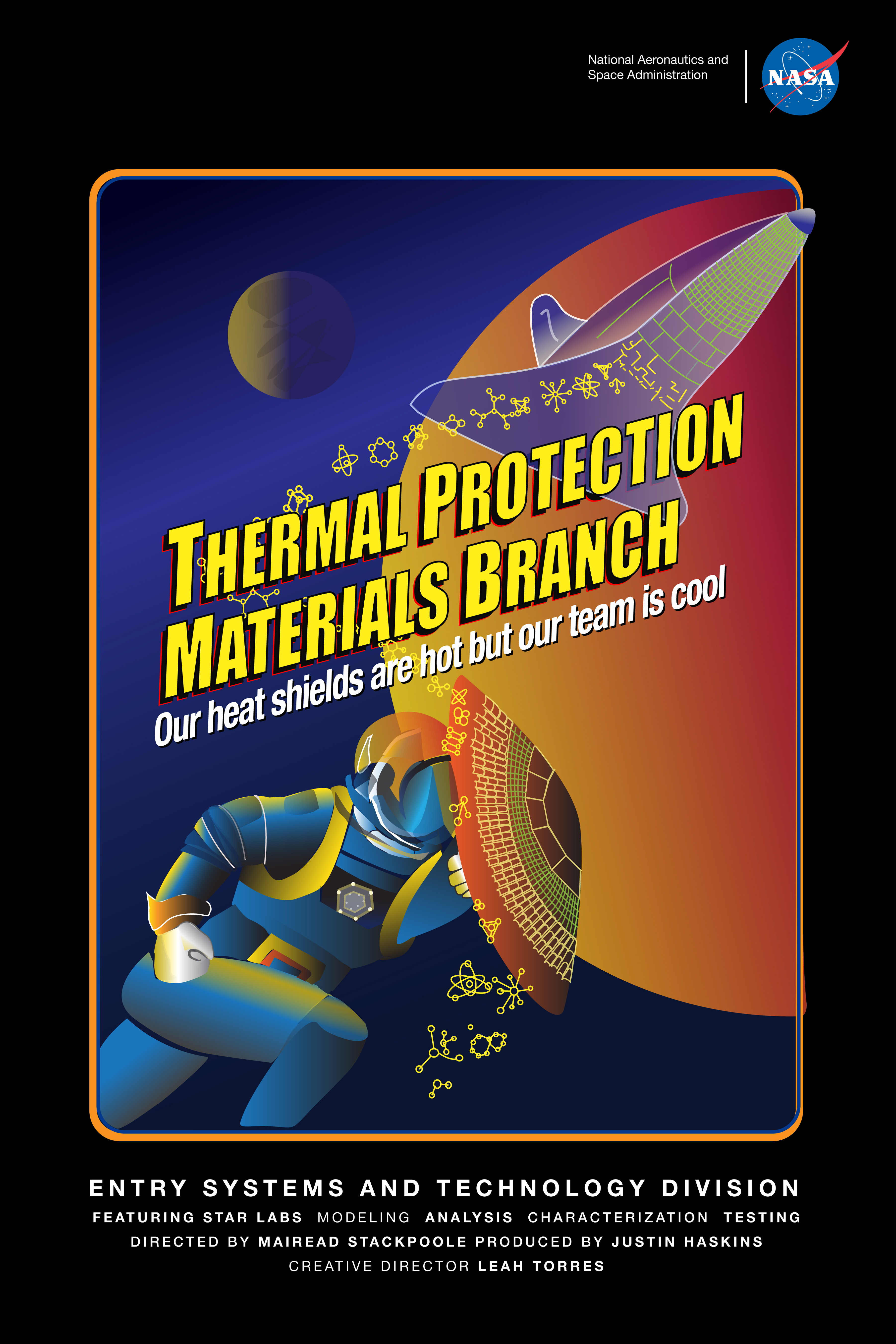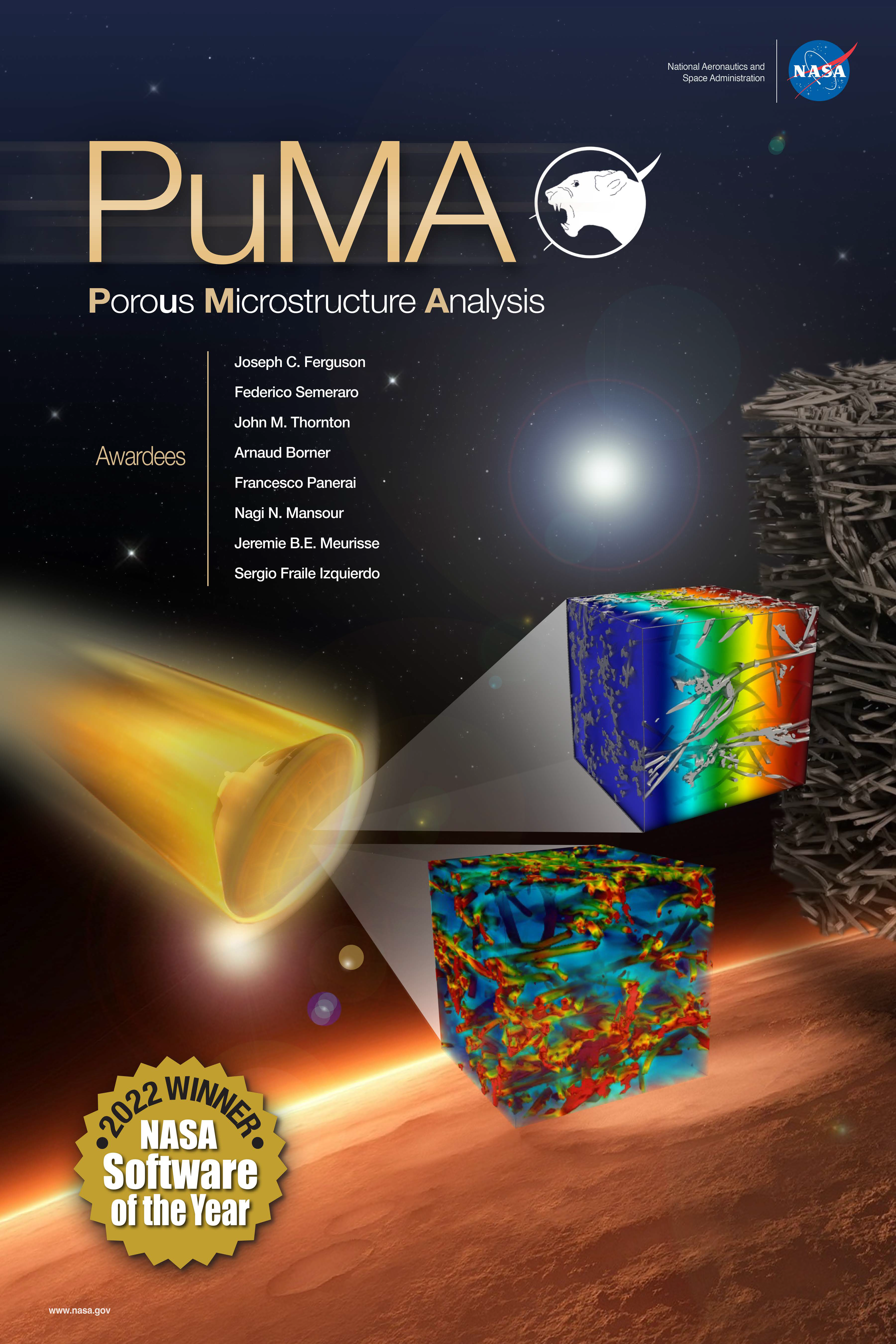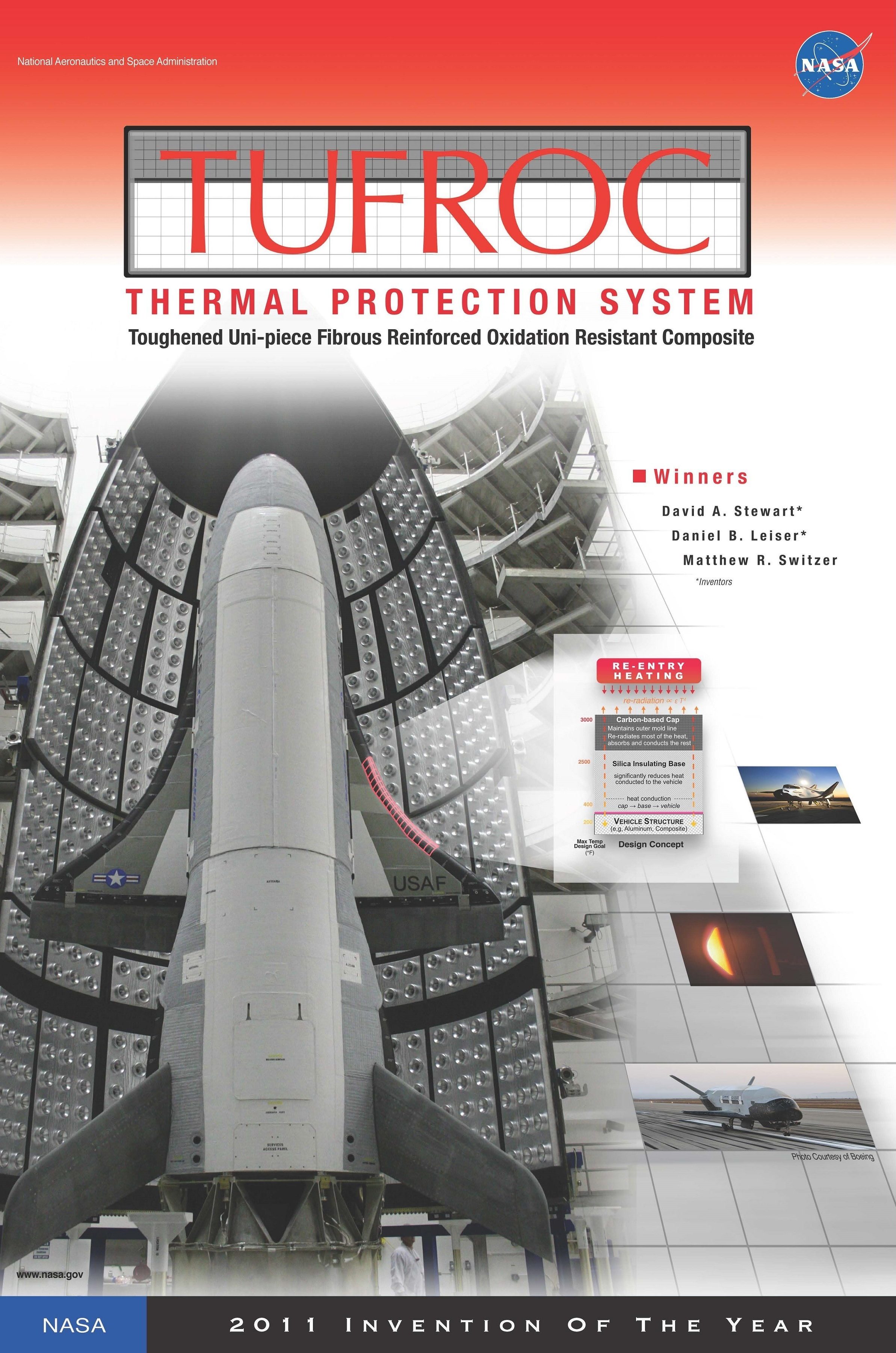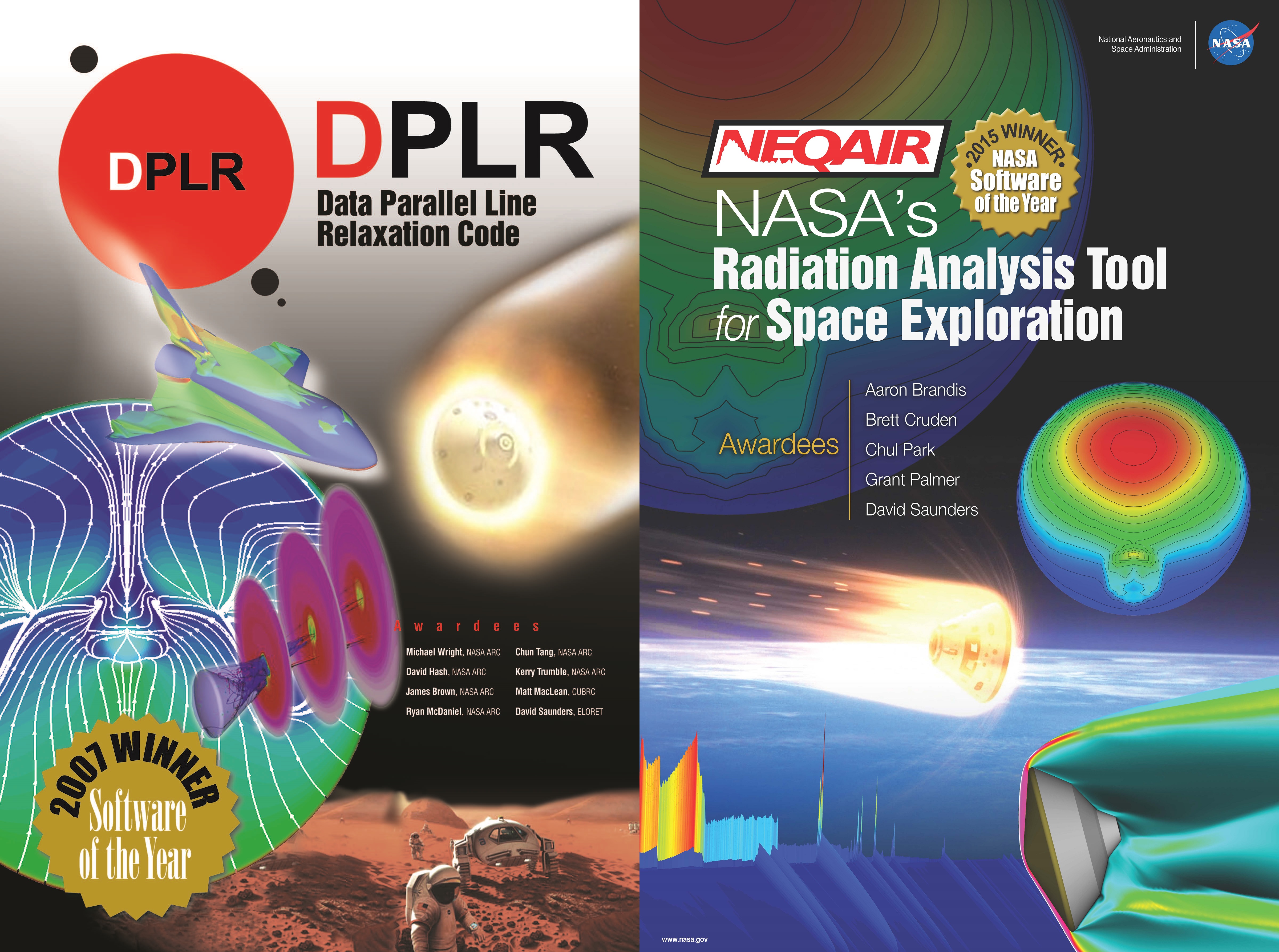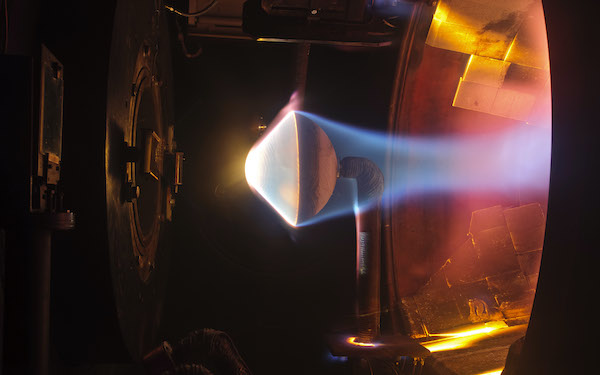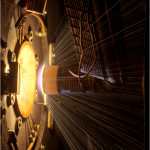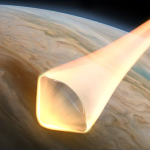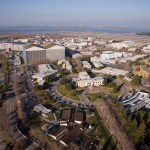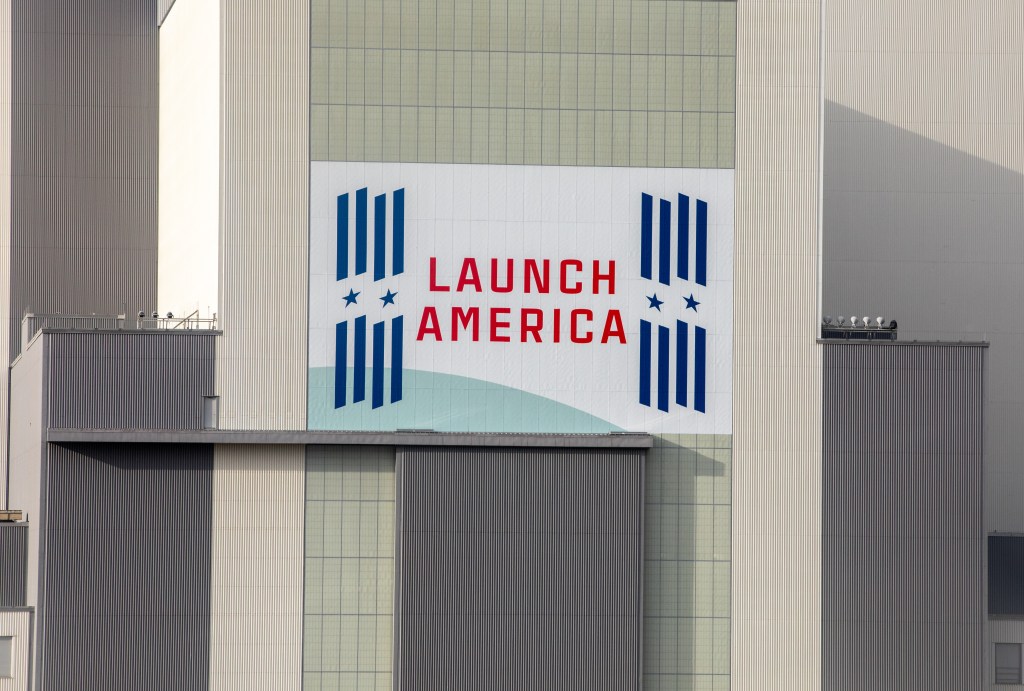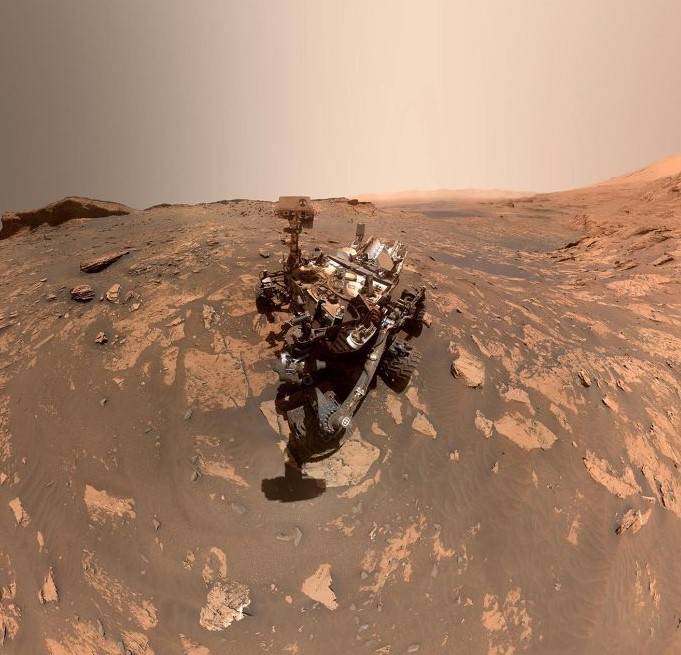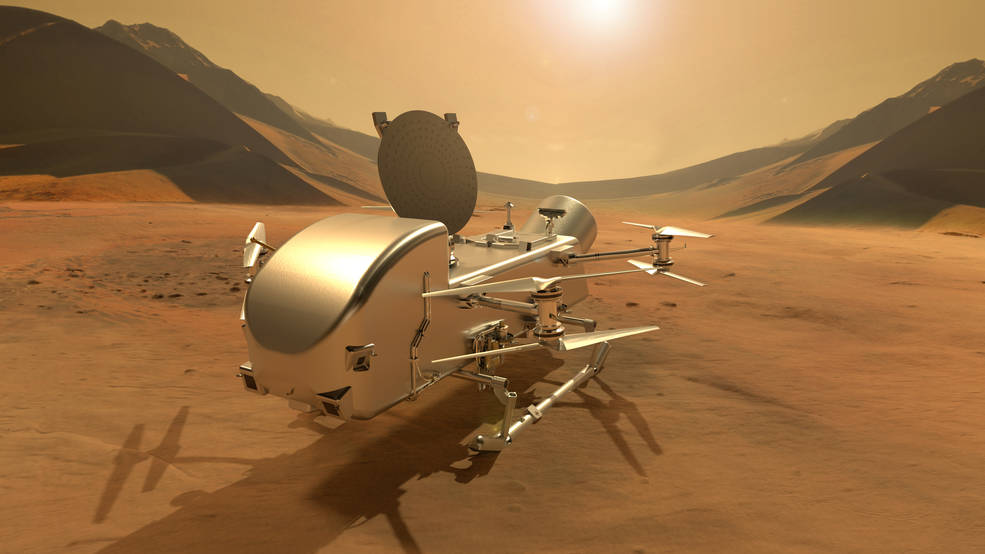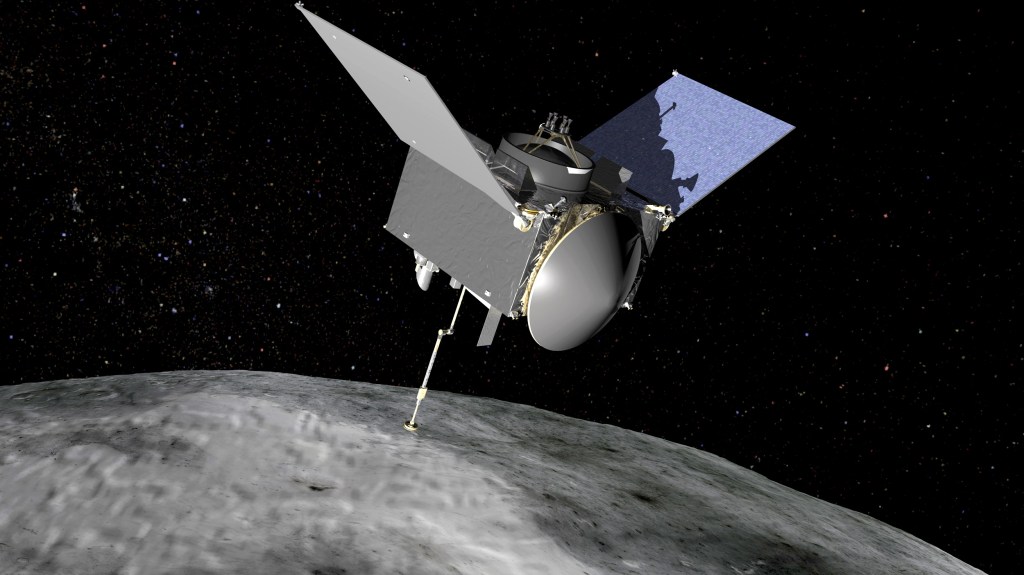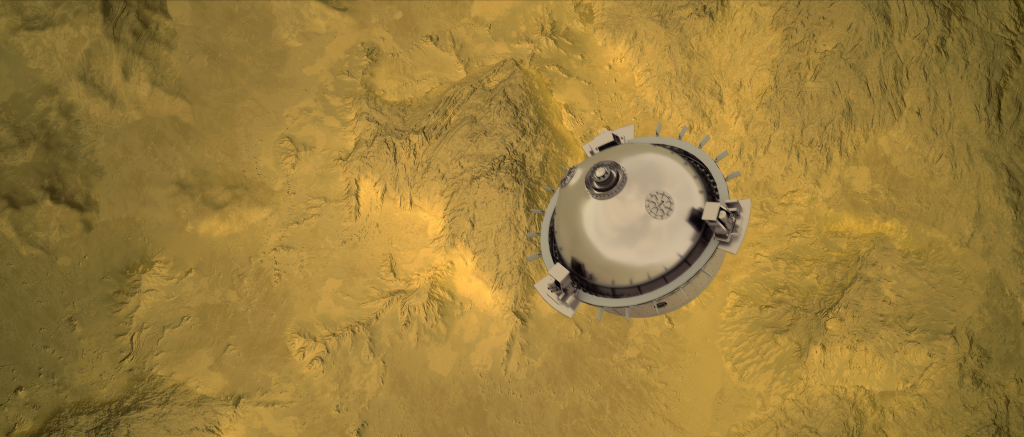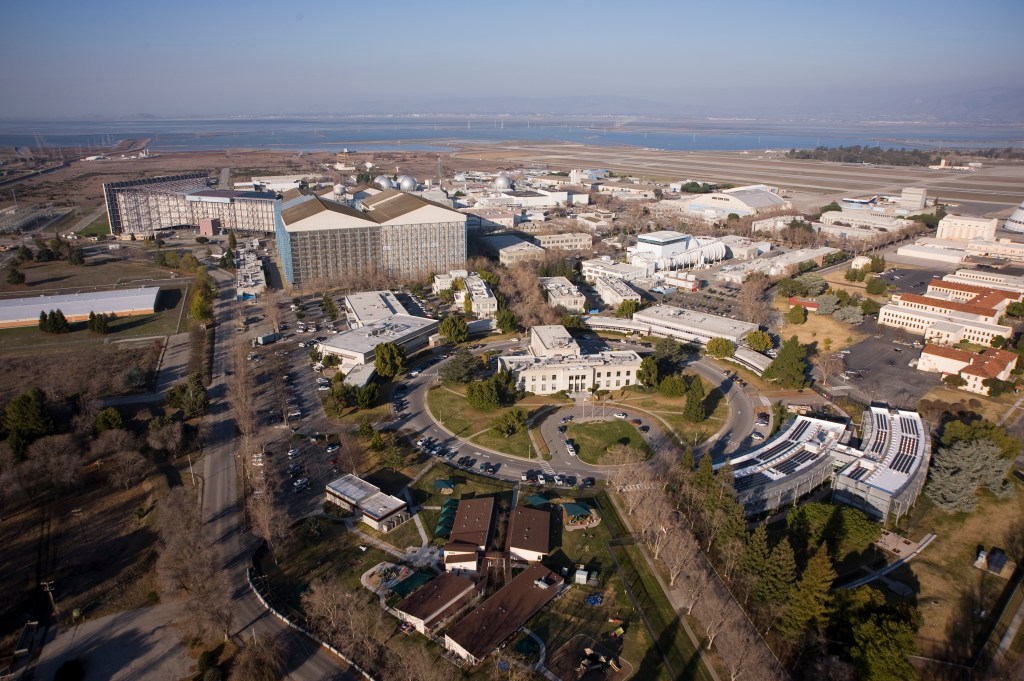
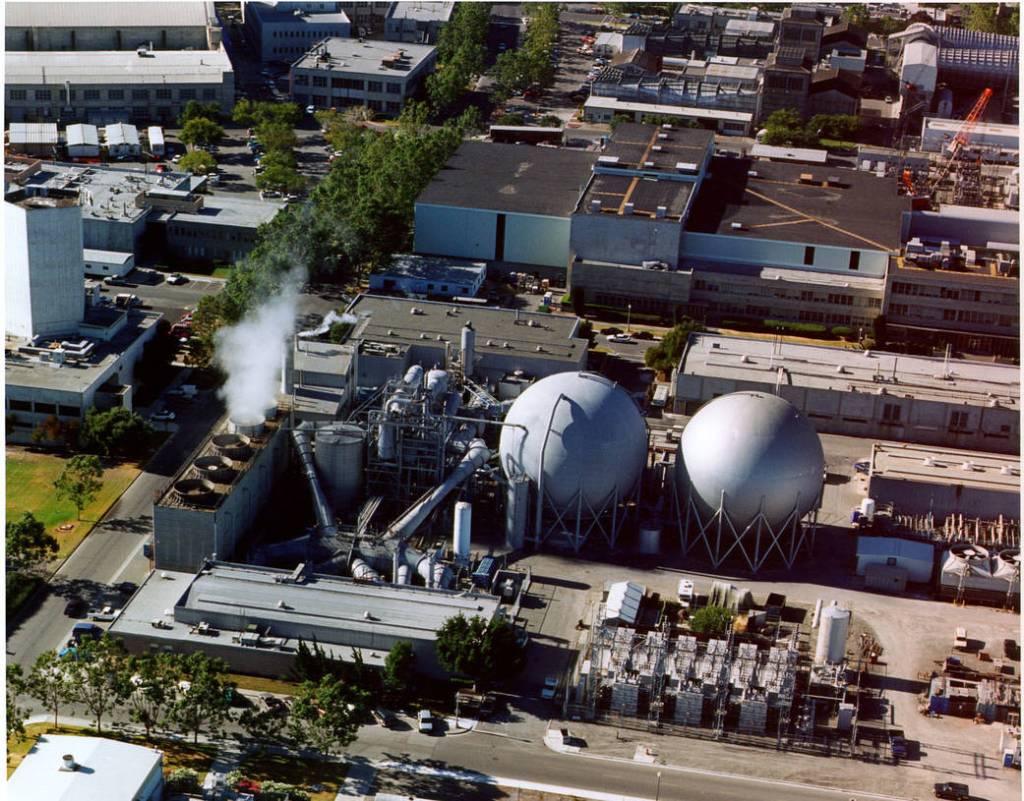
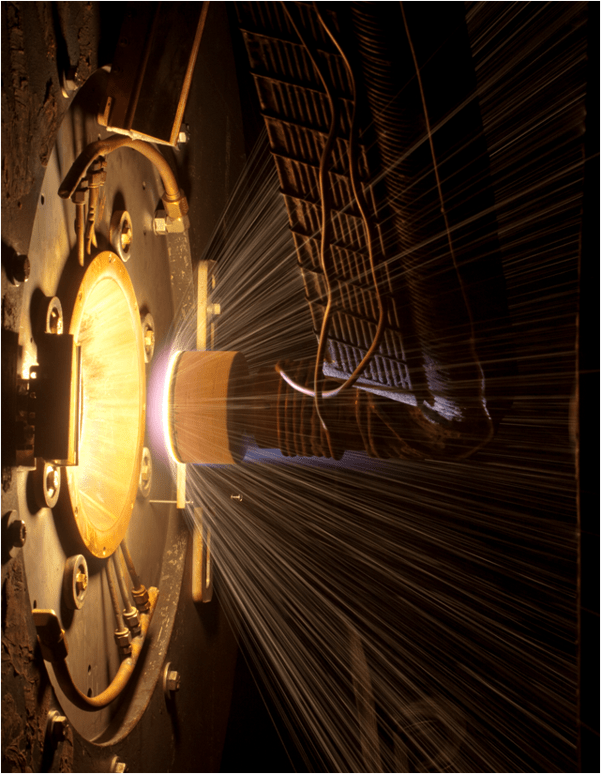
Entry Systems & Technology Division
The Entry Systems & Technology Division at NASA Ames Research Center develops aeroshell technology from concept to hardware as an integral part of planetary atmospheric entry systems. Division engineers implement and manage all aspects of aeroshell design and development through: analysis to predict the aerothermodynamic performance, development of TPS materials tailored to the aerothermal environments, arc jet testing to verify the performance, and systems level integration of the aeroshell with the reentry vehicle.
Location
Moffett Field, CA
NASA
Ames Research Center
Division Chief
David Hash
Branches
The Entry Systems and Technology Division consists of four specialized Branches.
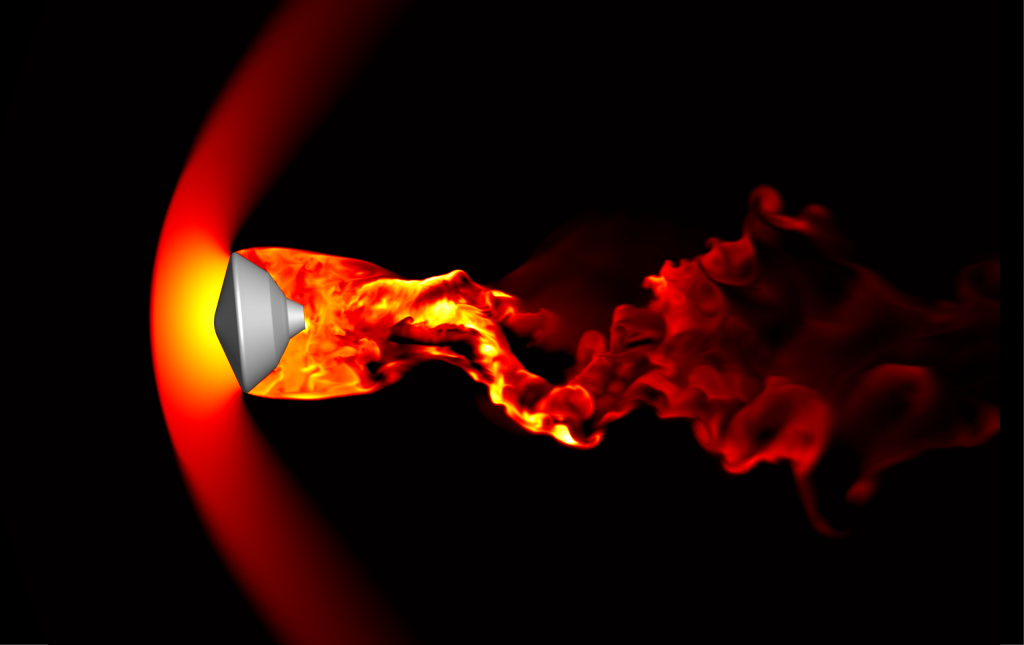
Aerothermodynamics
The Aerothermodynamics Branch supports the design and development of advanced entry systems and technologies by providing integrated modeling, simulation, and testing capabilities in the areas of aerothermodynamics, hypersonic and high enthalpy fluid dynamics, shock layer radiation, and thermal protection system (TPS) sizing. The Branch plays an integral role in defining both atmospheric entry environments and the requisite thermal protection solutions.
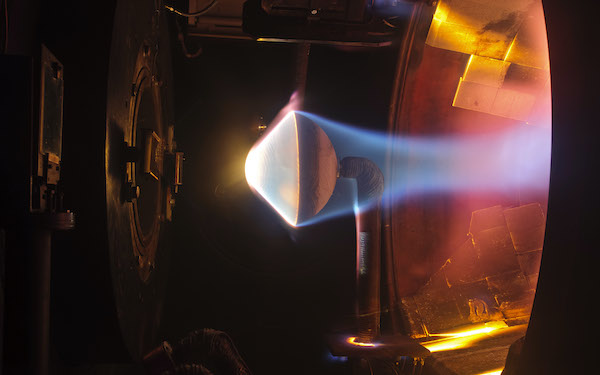
Thermophysics Facilities
The Thermophysics Facilities Branch is responsible for the safe, effective, and efficient operation of the Entry Systems and Technology Division’s high enthalpy facilities. These facilities provide unique environmental simulation capability to serve customer-driven aerothermal and thermal response simulation requirements for NASA’s mission directorates. The Branch works collaboratively with potential customers to develop test procedures and techniques that maximize customer value and advance Agency missions.
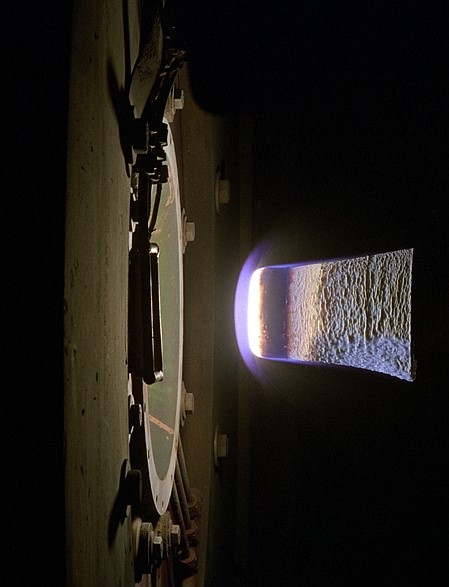
Thermal Protection Materials
The Thermal Protection Materials Branch is responsible for development of new and improvement of existing thermal protection materials, the methods and techniques for characterizing such materials, and the analysis and modeling required to understand the behavior of materials as well as to predict behavior and guide materials development for thermal protection systems (TPS). The Branch combines experiment, fabrication, characterization, evaluation, analysis and modeling to support NASA's mission goals.
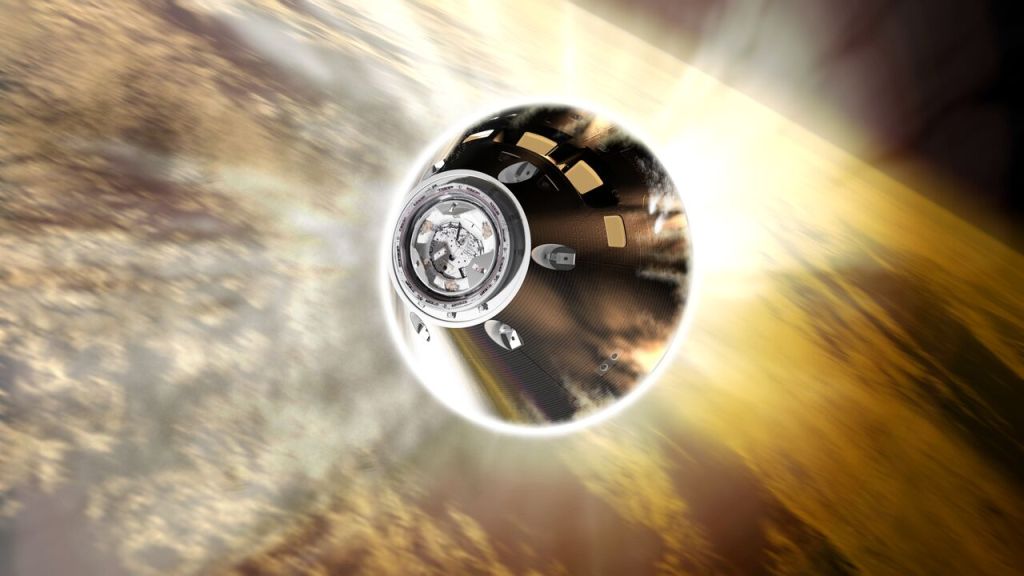
Entry Systems and Vehicle Development
The Entry Systems and Vehicle Development Branch is responsible for performing and coordinating systems level integration for existing and future atmospheric entry vehicles. The primary role of the Branch is the direct application of technologies and capabilities to analyze, design, develop, test, evaluate, manufacture, certify and operate atmospheric entry vehicles and systems. The Branch pursues all phases of entry systems and vehicle development from early conceptual and preliminary design, through detailed design, qualification and acceptance, to final certification, systems production and operations.
Supported Missions
Media

